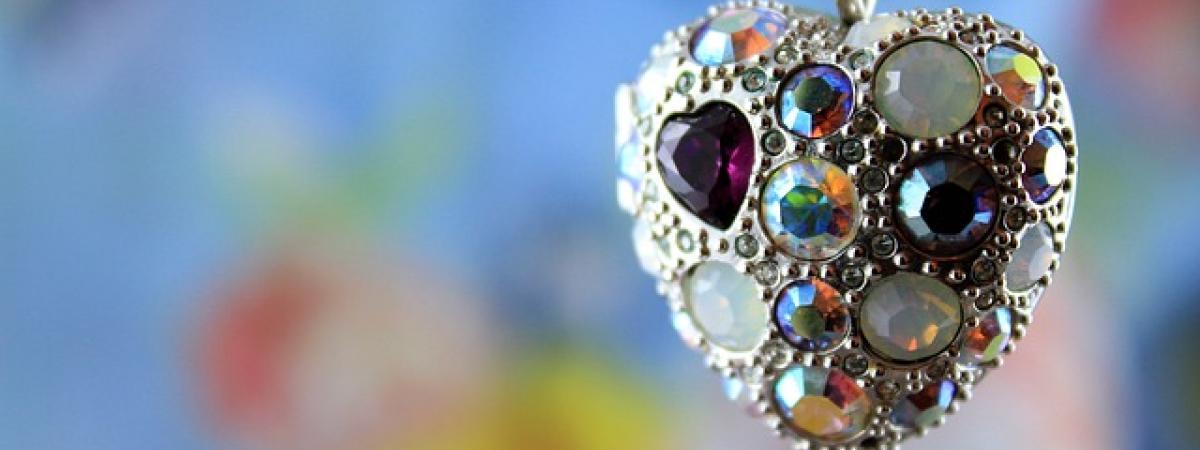Five facts about artificial hearts

Artifical hearts are literal life savers, pumping blood around the bodies of people whose real hearts failed them. Here's what you need to know.
On April 4, 1969, three months before the first lunar landing, the first total artificial heart was implanted in a human. Reserved for the sickest of the sick, for those at death’s door with end-stage heart failure, artificial hearts represent hope of survival—something akin to a “resurrection”—in the face of a severe shortage of donor human hearts.
Difficult to design and beset by problems, this technology has nonetheless transformed lives.
Sick enough but strong enough recipients
Artificial hearts are a last resort, used when other therapies for heart failure no longer work. One recipient had received the last rites and was described by his surgeon as a “dead man walking”, with a “body rendered useless by heart failure”.
Barely able to move through breathlessness, eligible patients have a life expectancy worse than those with malignant cancers, says Professor Adrian Banning, in On Death, Dying and Not Dying, written by artificial heart recipient Peter Houghton. Dick Cheney, former US Vice President, had had five heart attacks before receiving his battery-powered heart pump.
Recipients, though, must be strong enough to survive the surgery, with the operation and recovery exerting a toll as emotional as it is physical. Peter made it clear that “extra life is not ordinary life”, bringing its own burdens, being dependent on batteries.
In one interview, he describes the “nagging problems in the recesses of his soul” after the implant, feeling emotionally detached from life.
Half or whole?
The term artificial heart refers to a variety of mechanical devices that work to pump blood around the body. More “doable and less drastic” than a total artificial heart is a partial artificial heart, which assists, rather than replaces, the diseased native heart.
The most common partial artificial heart is a tiny pump known as a left ventricular assist device, attached to the left ventricle (the heart’s main pumping chamber) to augment its action.
"The term artificial heart refers to a variety of mechanical devices that work to pump blood around the body"
Being the size of a thumb, or a size C battery, the partial artificial heart fits inside the failing heart, which remains in place as a somewhat reassuring back-up. Worldwide, many thousands have been implanted.
When both sides of the heart are failing, a total artificial heart, or two partial artificial hearts, may help. Italian Pietro Zorzetto survived for 1374 days with a total artificial heart.
Buying time or saving life?
Zorzetto’s artificial heart was used as a “bridge-to-transplantation”, keeping him alive, buying him time, until he received a human heart transplant. For others, the artificial heart can buy time while the native heart recovers from injury or surgery.
For Peter Houghton, the artificial heart saved his life, allowing him to live on for almost eight years. Peter’s death was not pump or heart failure-related, but the result of a profuse nosebleed that caused his single diseased kidney to fail.
Removed from his body, the pump was in pristine condition, and continued to work for years afterwards on a laboratory bench. In this case, the artificial heart is aptly referred to as “destination” therapy, being final rather than transitional.
Can do—but should do?
Extending life or prolonging death? Are we overmedicalising at the end of life? At what age and stage is high-tech care neither appropriate nor affordable? But who wouldn’t want a chance at life? Life at all costs? There are no easy answers.
“The message that needs to be conveyed, sensitively and respectfully, is that extending an undesirable life situation is trapping, by unwarranted technology, a person in a body that nature is compassionately willing to allow an exit”.
So writes Professor James Jones from the Centre for Medical Ethics and Health Policy, Baylor College of Medicine, Houston, Texas, when considering medical technology's attempt to counter disease in the face of frailty and possible futility.
Meanwhile, a new Commission has called for a reshaping of attitudes to death and dying. “Caring for the dying really involves infusing meaning into the time left. It is a time for achieving physical comfort; for coming to acceptance and making peace with oneself; for many hugs; for repairing broken bridges of relationships and for building new ones.
It is a time for giving love and receiving love, with dignity,” says co-author Dr Rajagopal. How do artificial hearts fit with this philosophy?
But Peter Houghton was, on balance, grateful for his implant. In his words, it was “better than being dead, I think… three days out of five”."
"Alive without a pulse?
Peter certainly was. He hiked in the Alps and completed a 91 mile charity walk, yet was without a pulse since his modern heart pump, in comparison to the original designs, was smaller, quieter, safer—and pulseless, driving a continuous flow of blood around the body.
One pulseless patient was taken to the mortuary, quietly powered by his heart pump but presumed dead, when he lost consciousness after bumping his head; Peter nearly died when his power supply was stolen briefly in a mugging.
In each case, mistake or malice—and not machine malfunction—risked lives. More numerous are the heroes of artificial heart surgery: the engineers, scientists, surgeons, patients and families—and the old lady who plugged Peter’s stolen power supply back in.
